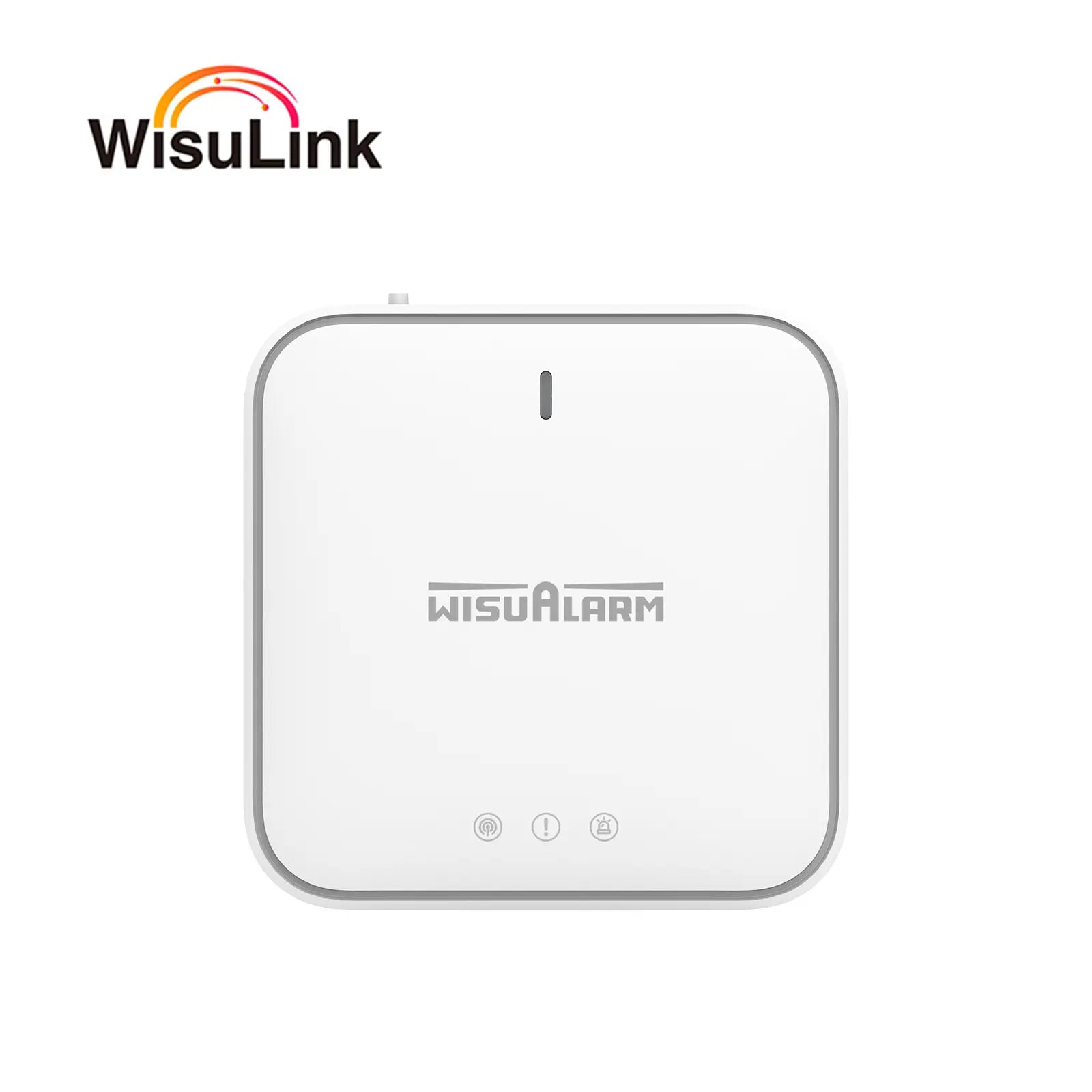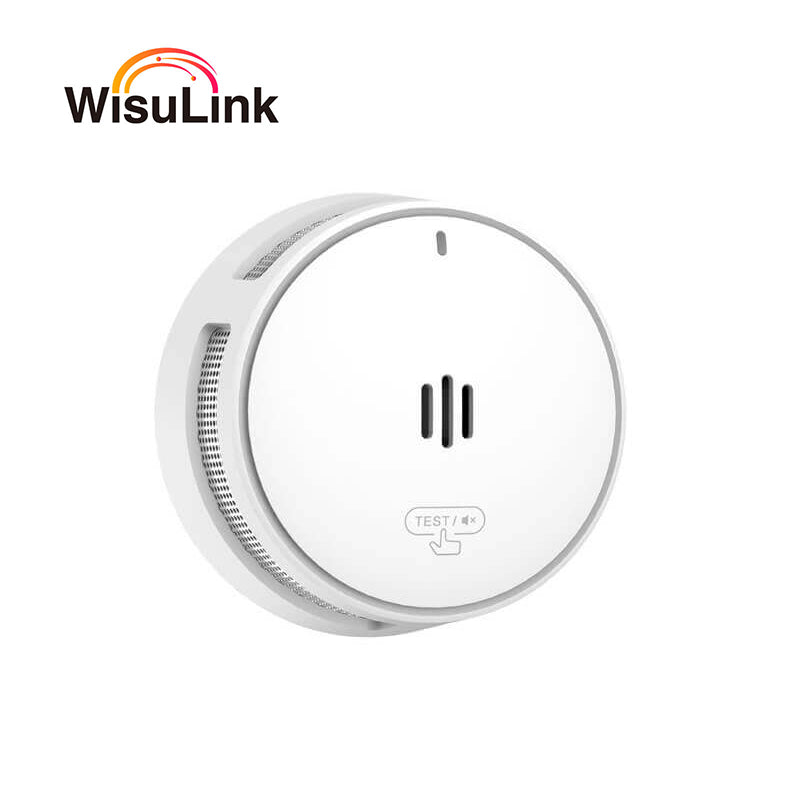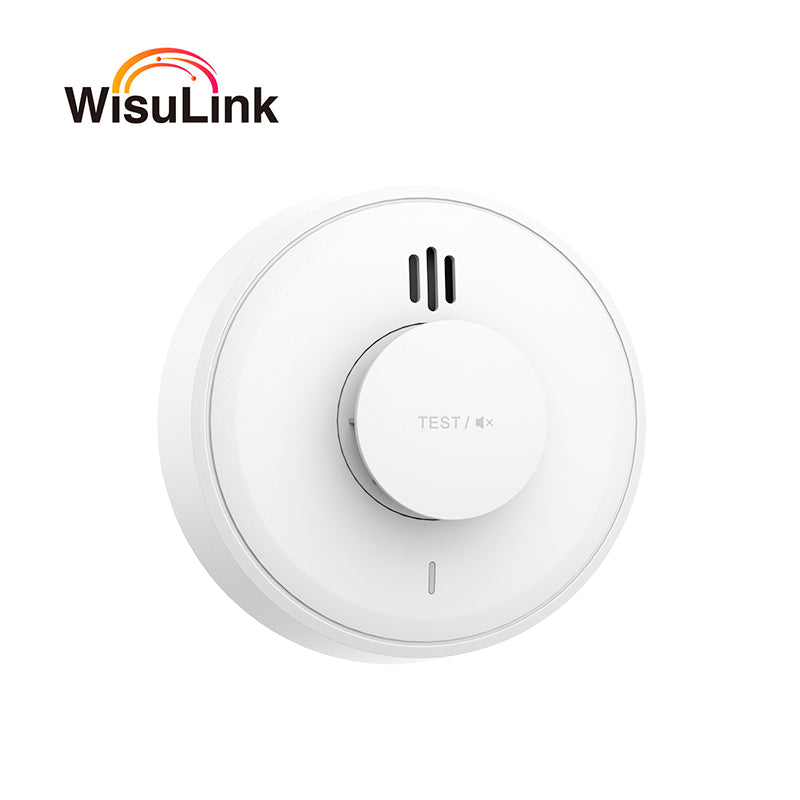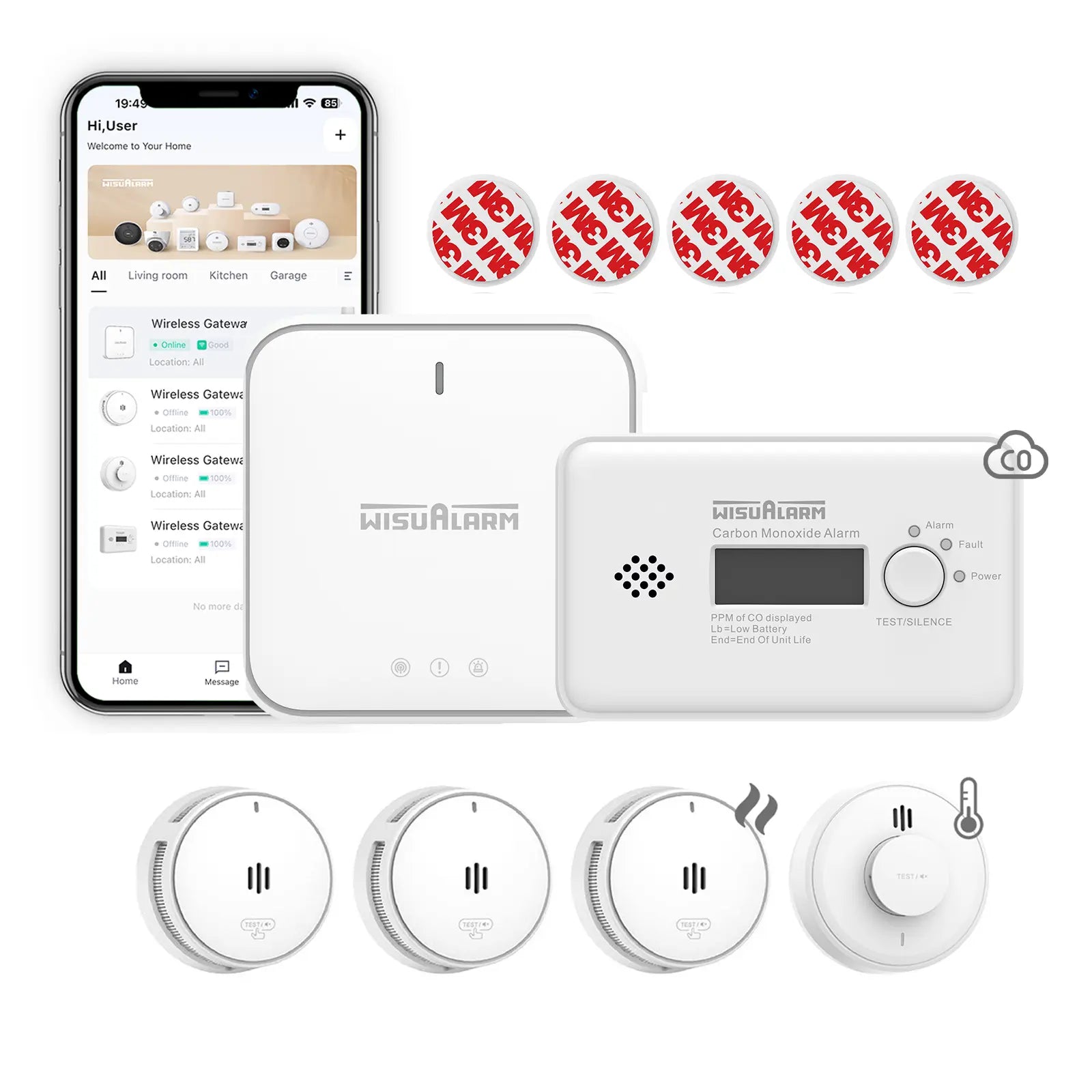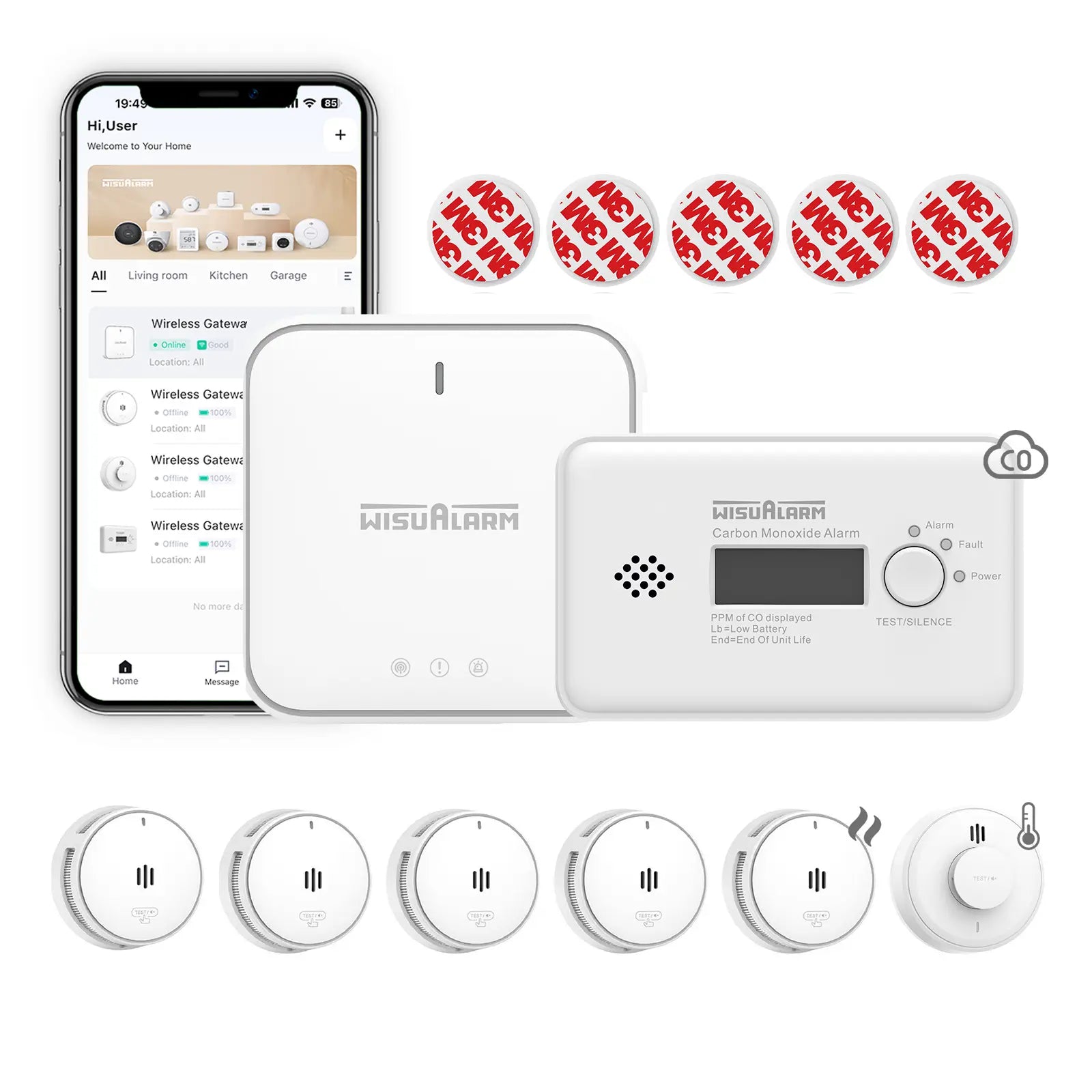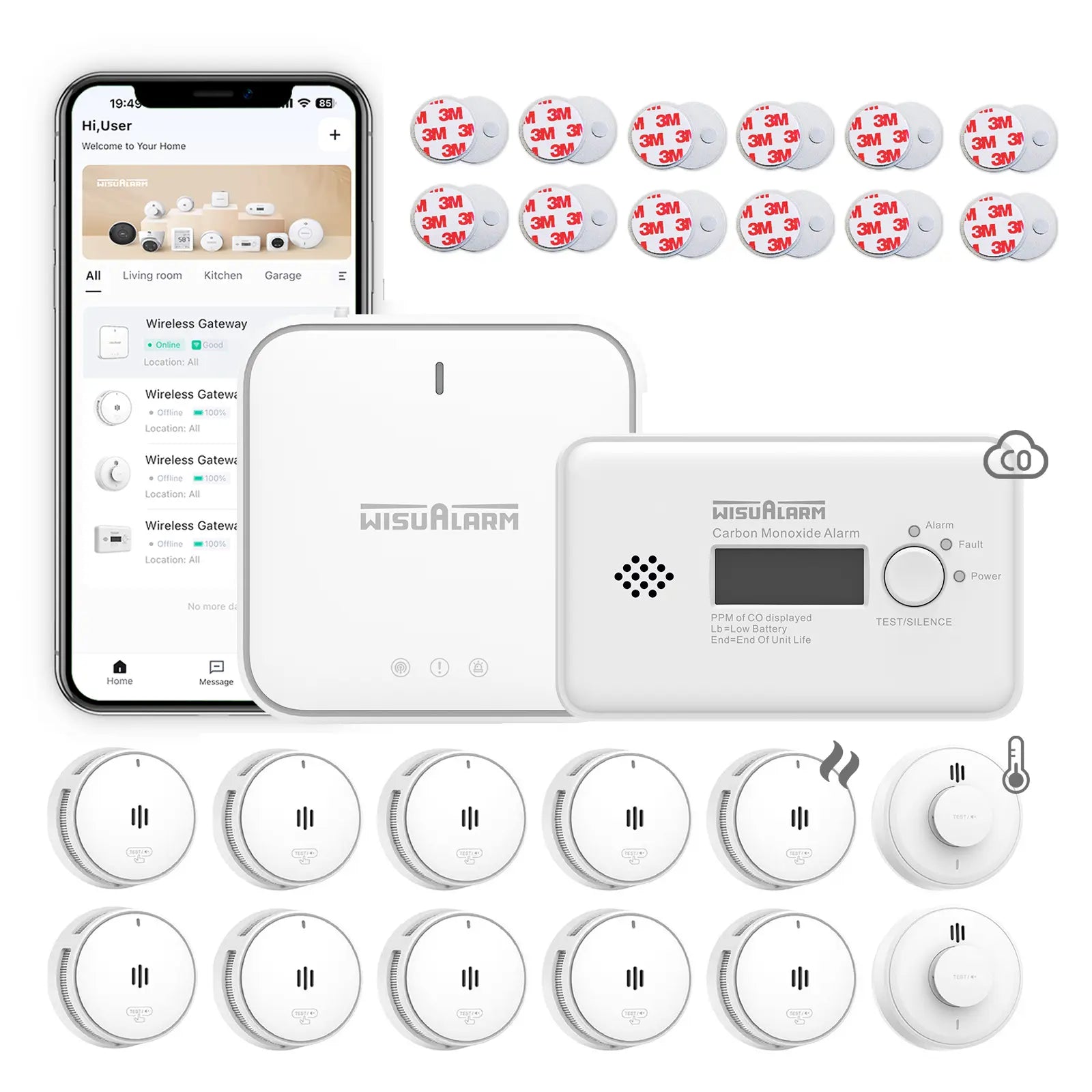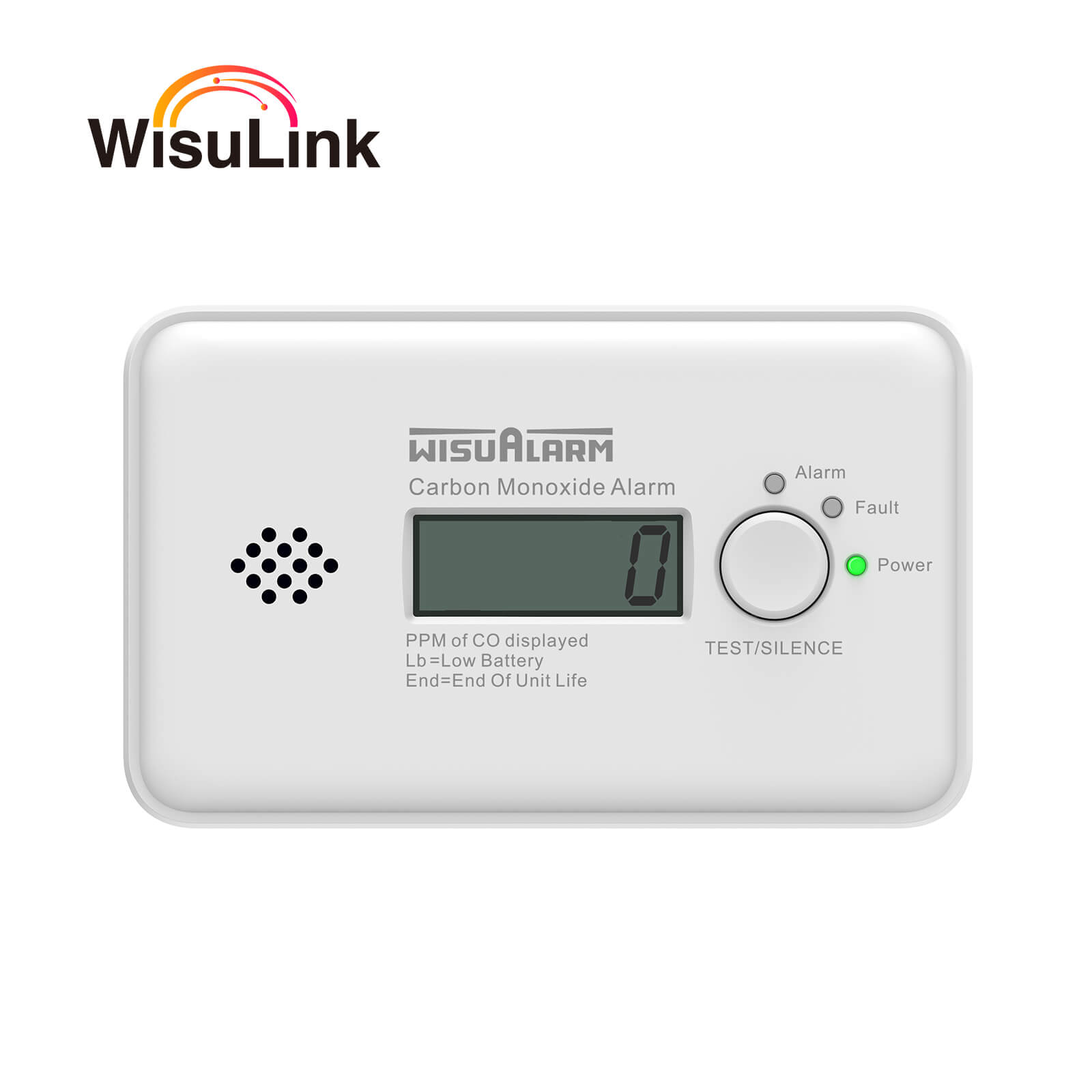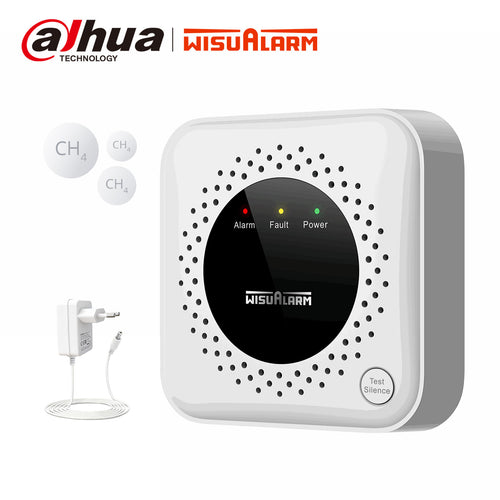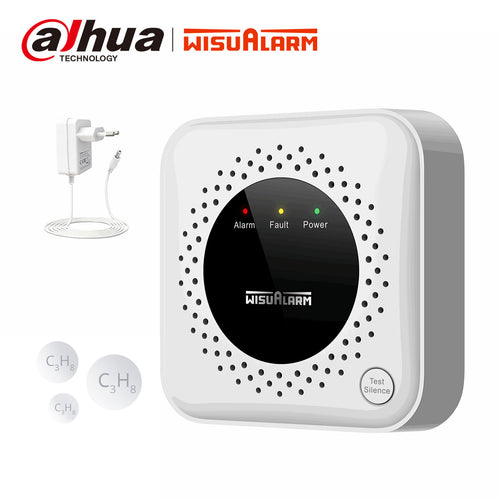Across Europe, natural gas (primarily methane) and liquefied petroleum gas (LPG, often propane) are staple energy sources for heating, cooking, and industrial use. While these gases power millions of homes and businesses, they pose significant risks: gas leaks can lead to explosions, fires, or asphyxiation if not detected early. Unlike carbon monoxide, some gases like propane have a distinct “rotten egg” odor (added by suppliers for detection), but leaks can still go unnoticed—especially in large spaces, poorly ventilated areas, or when concentrations are low. For European consumers, landlords, and businesses, investing in a reliable gas detector isn’t just a safety measure—it’s often mandated by EU and national laws.
1. European Regulatory Landscape: Laws Governing Gas Detectors
The EU sets overarching safety standards for gas detectors, while individual countries may add specific requirements to align with local gas usage patterns and building codes. Key regulations and bodies shaping the European market include:
EU-Level Standards
- EN 50194: The primary European standard for gas detectors, covering devices designed to detect flammable gases (like methane and propane). It specifies performance criteria, including detection range (e.g., 0-100% of the Lower Explosive Limit, LEL), response time (must alert within 30 seconds of reaching 50% LEL), and resistance to environmental factors (temperature, humidity, dust).
- CE Marking: All gas detectors sold in the EU must carry the CE mark, indicating compliance with EN 50194 and other relevant directives (e.g., the Machinery Directive, the Electromagnetic Compatibility Directive). This ensures the device is safe for use in European homes and workplaces.
National Variations
While EN standards are harmonized across the EU, some countries have additional rules:
- Germany: The German Institute for Standardization (DIN) requires gas detectors in rental properties with gas appliances, and devices must be tested annually by a certified technician.
- France: The French Agency for Food, Environmental and Occupational Health & Safety (ANSES) mandates gas detectors in social housing and commercial buildings with LPG systems.
- UK: Though no longer in the EU, the UK adheres to EN 50194 via British Standards (BS EN 50194) and requires detectors in certain commercial settings (e.g., restaurants, hotels) with gas cookers.
- Italy: Italian law mandates gas detectors in all homes with gas boilers installed before 2000, as older systems pose higher leak risks.
2. Key Considerations for European Gas Detector Buyers
Not all gas detectors are suitable for every European setting—factors like gas type, environment, and compliance needs must guide your choice. Here’s what to prioritize:
Gas Type Compatibility
Europeans primarily use two flammable gases, and detectors are designed to target one or both:
- Methane (Natural Gas): Used for central heating, cookers, and water heaters in most European homes. Methane is lighter than air, so leaks rise and accumulate near ceilings.
- Propane (LPG): Common in rural areas without natural gas pipelines, caravans, and outdoor grills. Propane is heavier than air, so leaks sink and collect near floors, in basements, or under appliances.
Critical note: A detector designed for methane may not work for propane (and vice versa) unless it’s labeled as “dual-gas” compatible. Always check the product specs for gas type coverage.
Environmental Resilience
European climates vary widely—from humid coastal regions (e.g., the Netherlands) to cold alpine areas (e.g., Austria). Look for detectors that:
- Withstand temperatures between -10°C and 50°C (common in European homes and outdoor spaces).
- Resist humidity (up to 95% RH, non-condensing) to avoid sensor damage in damp basements or bathrooms.
- Are dustproof (IP54 rating or higher) for use in garages or industrial settings.
Alarm and Connectivity Features
European safety bodies recommend detectors with:
- A loud alarm (minimum 85 decibels) to cut through background noise (e.g., heating systems, cooking).
- Visual alerts (flashing red LEDs) for those with hearing impairments—required by accessibility laws in countries like Sweden and Germany.
- Smart connectivity (e.g., Wi-Fi, Bluetooth) to send alerts to smartphones. This is increasingly popular in European homes, as it lets users monitor detectors remotely (e.g., while on holiday) and integrate with smart home systems (e.g., Alexa, Google Home).
- Auto-shutoff capability: Advanced models can connect to gas valves and automatically turn off the gas supply when a leak is detected—a feature mandated in commercial buildings in Spain and Belgium.
Power Source
Choose a power option that fits your space:
- Battery-powered: Ideal for caravans, boats, or rental properties. Opt for long-life lithium batteries (5+ years) to avoid frequent replacements—EU regulations restrict single-use batteries, so rechargeable options are preferred.
- Mains-powered with battery backup: Recommended for permanent homes. The backup battery ensures protection during power cuts (common in Europe during winter storms or grid outages).
- Hardwired: Used in new builds or commercial spaces, these detectors connect to the building’s electrical system and require professional installation (compliant with EU wiring standards, EN 60335).
3. Installation and Maintenance Best Practices for Europe
Even the best gas detector fails if misinstalled or neglected. Follow these European-focused guidelines:
Installation Tips by Gas Type
- Methane detectors: Mount 30-60 cm below ceilings, near gas appliances (e.g., boilers, cookers) but at least 1 meter away from vents or windows (to avoid false alarms from drafts). In multi-story homes, install one on each floor.
- Propane detectors: Place 10-30 cm above floors, in basements, near LPG tanks, or under outdoor grills. Avoid installing near drains or sump pumps (moisture can damage sensors).
Maintenance Requirements
- Test monthly: Use the test button to ensure the alarm works—EU safety campaigns (e.g., Germany’s “Sicherheitscheck”) encourage setting calendar reminders.
- Replace sensors every 3-5 years: Gas sensors degrade over time, even if the detector seems functional. Check the manufacturer’s guidelines for replacement timelines.
- Clean regularly: Wipe detectors with a dry cloth to remove dust—avoid harsh chemicals, which can damage sensors.
- Service appliances annually: Have gas boilers, cookers, and LPG tanks serviced by a certified technician (e.g., Germany’s GASfit, France’s Qualigaz). This is a legal requirement in most EU countries and reduces leak risks.
4. Wisualarm Gas Detectors: Tailored for European Safety Needs
For European consumers and businesses seeking reliable, compliant gas detection, Wisualarm offers two specialized models—designed to meet EN standards and adapt to Europe’s diverse gas usage and climates.
Wisualarm Methane Detector (EN 50194-Certified)
Built for homes and businesses using natural gas, this detector stands out for:
- EU Compliance: Fully certified to EN 50194, with a CE mark—meets all EU and national regulatory requirements (e.g., Germany’s DIN standards, France’s ANSES guidelines).
- Precision Detection: Alerts within 25 seconds of methane concentrations reaching 50% LEL, with a detection range of 0-100% LEL—ideal for catching small leaks early.
- European Climate Resilience: Operates in temperatures from -15°C to 55°C and resists humidity up to 95% RH—suitable for alpine regions and coastal areas alike.
- Smart Features: Connects to Wi-Fi to send smartphone alerts, and integrates with European smart home systems (e.g., Philips Hue, Siemens Smart Home).
- Local Delivery: Ships from Wisualarm’s European warehouses (Germany, France, UK), ensuring fast delivery (2-3 working days) and easy access to customer support in local languages.
Wisualarm Propane Detector (EN 50194-Certified)
Perfect for rural homes, caravans, and outdoor spaces using LPG, this model offers:
- Targeted Leak Detection: Optimized for propane (heavier than air), with sensors calibrated to detect leaks near floors—alerts within 30 seconds of reaching 50% LEL.
- Durable Design: IP55 dustproof and waterproof rating—safe for outdoor use (e.g., near propane grills) and damp basements.
- Battery or Mains Power: Choose between a 10-year lithium battery (ideal for caravans) or mains power with backup (for permanent homes)—both options comply with EU battery regulations.
- 5-Year European Warranty: Backed by a 5-year warranty with support from Wisualarm’s European service centers—no need to ship devices overseas for repairs.
- User-Friendly Interface: Large test button, clear LED alerts, and a low-battery indicator—easy to use for all ages, and compliant with European accessibility standards.
Final Thoughts: Gas Safety in Europe
In Europe, gas detectors are a critical line of defense against leaks, explosions, and fires. By choosing EN 50194-certified devices, installing them correctly, and maintaining them regularly, you protect your home, business, and community.
Wisualarm’s methane and propane detectors are engineered to meet Europe’s unique safety needs—combining compliance, durability, and smart features to keep you safe. Visit Wisualarm’s European website to learn more about each model, or contact their local customer support team (available in English, German, French, and Italian) for help choosing the right detector for your space.
Prioritize safety—invest in a Wisualarm gas detector today.





